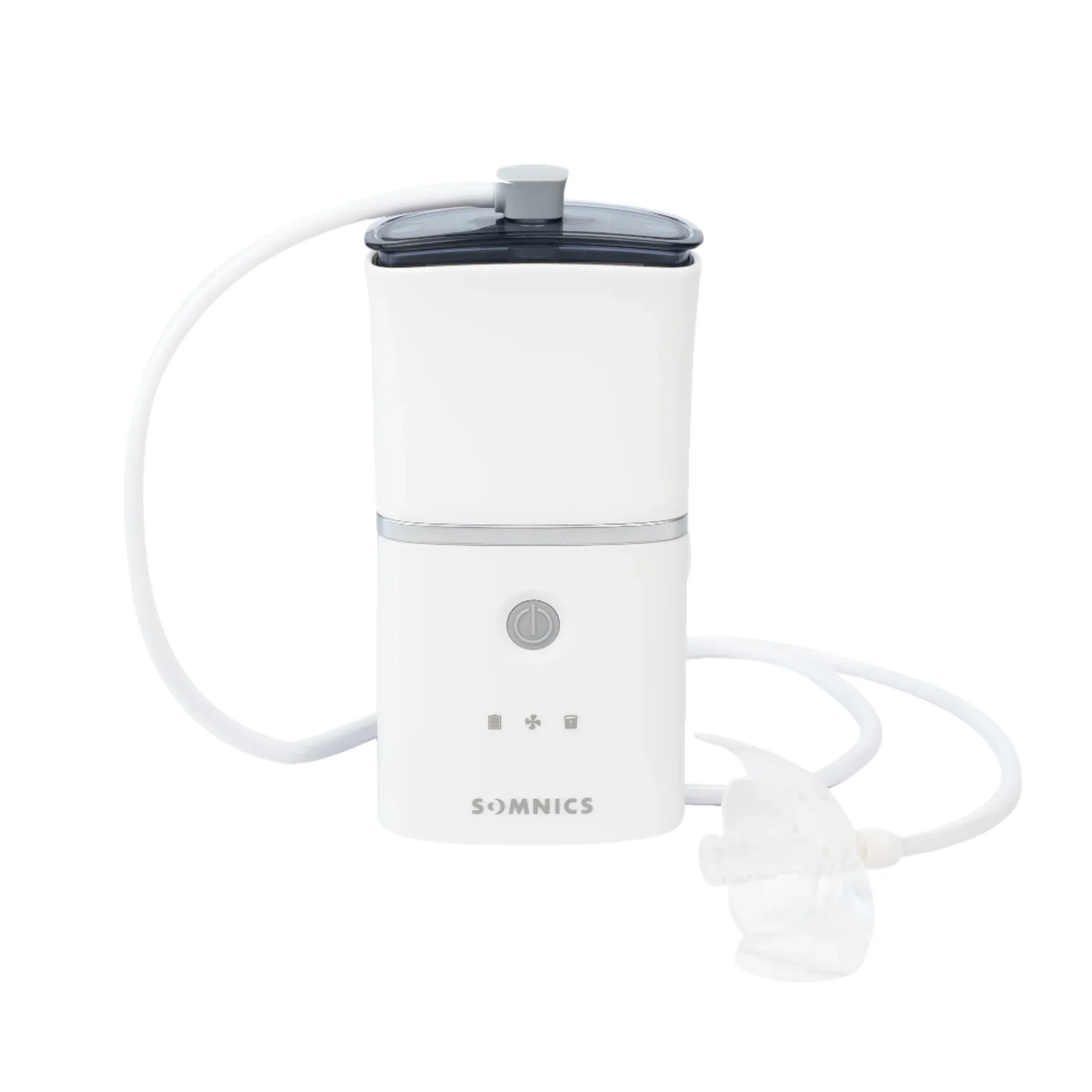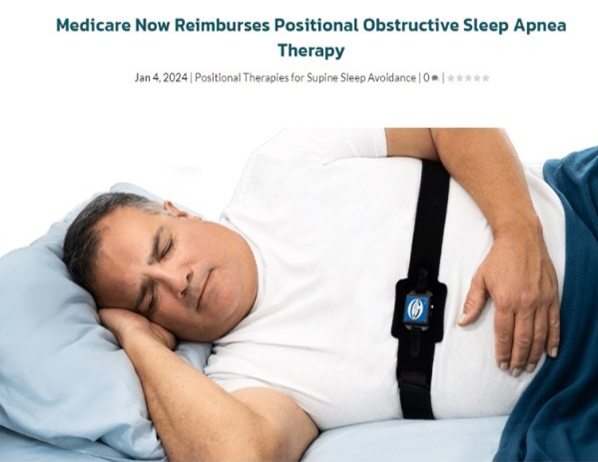Cognitive Behavioral Therapy for Insomnia (CBT-I) - Proven Approaches
Cognitive Behavioral Therapy for Insomnia (CBT-I) - Proven Approaches
Blog Article
Effective Therapy Solutions for Taking Care Of Rest Disorders and Enhancing Restful Sleep
In the realm of medical care, the monitoring of sleep conditions and the quest for peaceful rest are critical components of general well-being. Efficient therapy remedies supply a multifaceted technique to tackle these difficulties, varying from cognitive behavioral interventions to alternative techniques that promote relaxation and mindfulness. The expedition of various approaches, including the assimilation of medication and light therapy, opens a world of opportunities in the search of far better sleep high quality. As we browse the intricate landscape of sleep conditions and seek to boost our sleep experience, a much deeper understanding of these therapy solutions might hold the key to unlocking a more relaxing and fulfilling restorative trip.
Cognitive Behavior Therapy for Sleeplessness (CBT-I)
Cognitive Behavior Therapy for Sleeping Disorders (CBT-I) is an organized, evidence-based therapy approach that concentrates on dealing with the underlying variables adding to rest disruptions. This sort of therapy aims to customize actions and thoughts that exacerbate sleep problems, ultimately promoting healthy sleep patterns. CBT-I usually includes several essential components, including cognitive therapy, sleep restriction, stimulus control, and sleep health education.
Cognitive therapy helps individuals recognize and transform unfavorable thought patterns and ideas about sleep that might be preventing their ability to drop or stay asleep. Rest limitation includes limiting the amount of time spent in bed to match the person's actual sleep period, therefore enhancing sleep efficiency (insomnia therapy). Stimulus control techniques assist establish a strong organization in between the bed and rest by urging individuals to visit bed just when drowsy and to stay clear of taking part in stimulating activities in bed
Furthermore, sleep hygiene education concentrates on developing healthy sleep habits, such as keeping a constant rest schedule, producing a relaxing bedtime routine, and enhancing the rest setting. By addressing these variables thoroughly, CBT-I uses an effective non-pharmacological intervention for handling sleep problems and boosting total rest top quality.
Rest Health Practices
Having developed the structure of cognitive restructuring and behavior modifications in resolving sleeping disorders with Cognitive Behavior modification for Sleeplessness (CBT-I), the emphasis currently changes towards discovering crucial Sleep Health Practices for maintaining optimal rest top quality and total wellness.
Rest hygiene methods include a range of routines and ecological variables that can considerably influence one's ability to drop asleep and stay asleep throughout the evening. Regular rest and wake times, developing a relaxing bedtime routine, and enhancing the rest setting by maintaining it dark, silent, and cool are essential elements of excellent sleep health. Limiting direct exposure to screens before going to bed, staying clear of energizers like caffeine near going to bed, and involving in routine exercise throughout the day can additionally advertise far better rest quality.
In addition, practicing relaxation methods such as deep breathing workouts or meditation before bed can aid relax the mind and prepare the body for sleep. By including these sleep hygiene methods into one's everyday routine, people can develop a healthy rest pattern that sustains relaxed rest and general wellness.
Leisure Strategies and Mindfulness
Applying relaxation methods and mindfulness methods can play an essential role in fostering a sense of calm and advertising quality rest. In addition, assisted images can help carry people to a serene area in their minds, aiding in tension decrease and improving sleep top quality.
Mindfulness techniques, such as meditation and yoga, are likewise reliable in advertising leisure and enhancing sleep. Mindfulness urges individuals to stay present in the moment, releasing fret about the past or future. By incorporating these techniques right into a going to bed routine, people can signal to their bodies that it is time to prepare and unwind for rest. In general, integrating leisure strategies and view website mindfulness methods can substantially contribute to taking care of rest problems and enhancing general sleep top quality.

Medicine Options for Sleep Disorders
After exploring leisure methods and mindfulness practices as non-pharmacological treatments for improving sleep high quality, it is necessary to consider medication alternatives for people with sleep conditions. In cases where lifestyle modifications and therapy do not give adequate alleviation, medicine can be a beneficial device in handling rest disturbances.
Typically recommended drugs for sleep disorders consist of benzodiazepines, non-benzodiazepine hypnotics, antidepressants, and melatonin receptor agonists. Benzodiazepines, such as diazepam, are sedatives that can aid induce rest, however they are typically recommended for temporary usage due to the danger of dependence. Non-benzodiazepine hypnotics like zolpidem are also used to treat sleep problems and have a reduced threat of dependancy compared to benzodiazepines. Antidepressants, such as trazodone, can be valuable for people with co-occurring clinical depression and sleep disturbances. Melatonin receptor agonists, like ramelteon, target the body's all-natural sleep-wake cycle and can be useful for regulating sleep patterns.
It is vital for people to consult with a medical care company to determine one of the most appropriate medication alternative based upon their specific rest disorder and medical history.
Light Therapy for Body Clock Guideline
Light treatment, also called photo-therapy, is a non-invasive treatment technique utilized to regulate circadian rhythms and enhance sleep-wake cycles. This treatment entails exposure to bright light that imitates natural sunshine, which helps to reset the body's biological rhythm. By revealing individuals to certain wavelengths of light, normally in the early morning or night depending on the preferred impact, light treatment can effectively readjust the body clock to promote wakefulness throughout the day and explanation improve restful rest at evening.
Research has revealed that light therapy can be particularly valuable for individuals with body clock problems, such as delayed rest stage syndrome or jet lag. It can additionally be valuable for those experiencing seasonal depression (SAD), a kind of clinical depression that typically occurs during the winter season when natural light exposure is minimized. Light therapy is usually well-tolerated and can be made use of combined with other therapy techniques for rest problems to maximize outcomes and enhance general rest quality.
Conclusion
To conclude, effective therapy options for taking care of rest conditions and improving peaceful rest include Cognitive Behavior modification for Insomnia (CBT-I), rest hygiene practices, relaxation techniques and mindfulness, medication choices, and light treatment for circadian rhythm regulation. These approaches can aid individuals improve their sleep quality and overall well-being. It is very important to talk to a doctor to identify the most ideal technique for attending to rest concerns.
As we navigate the detailed landscape of sleep problems and seek to boost our sleep experience, a deeper understanding of these treatment options may hold the trick to unlocking a much more relaxing and fulfilling restorative trip.
Rest restriction involves restricting the quantity of time invested in bed to match the person's real rest duration, therefore increasing rest efficiency. Constant sleep and wake times, developing more a relaxing going to bed routine, and optimizing the rest setting by keeping it dark, quiet, and cool are important parts of great sleep hygiene. Light treatment is usually well-tolerated and can be used in combination with other treatment techniques for sleep conditions to optimize outcomes and enhance general rest high quality.

Report this page